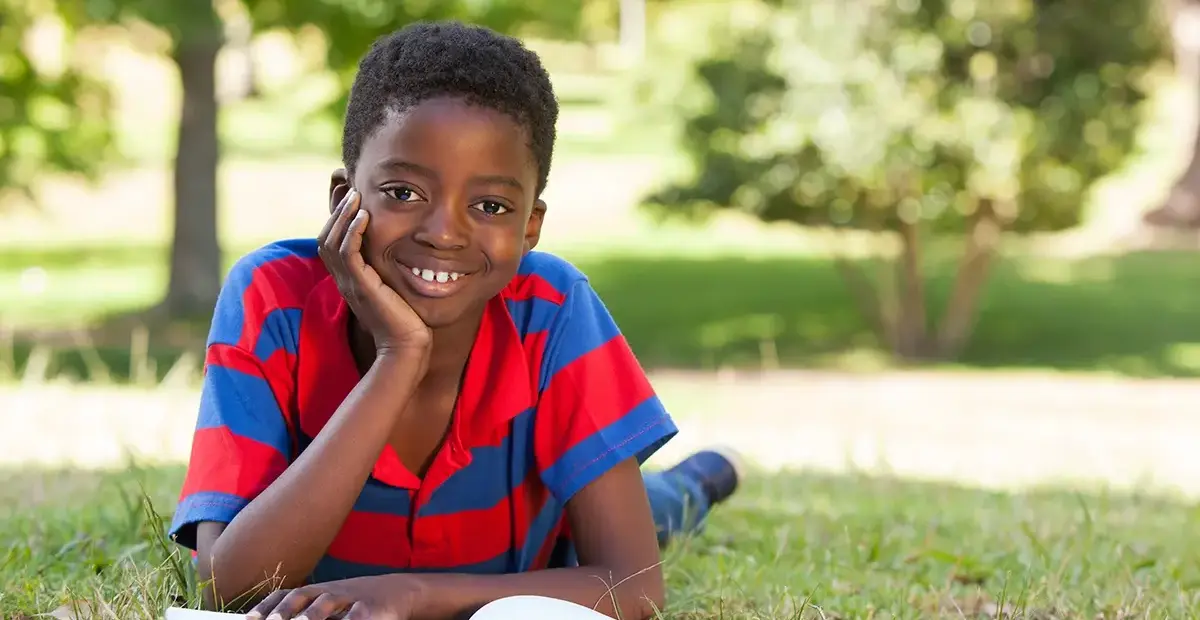As we continue to raise a generation of children with poor reading skills, where just 34% are proficient readers, we need to recognize the ramifications on society.
Certainly, the dramatic rise in digital recreation, where the average tween (9-12 years old) spends 6 hours a DAY on screens, growing to 7.5 for teenagers—8+ for low-income teens—is culpable. These numbers have doubled in the past five years. Now compare that to the 29 minutes a day students spend reading outside class time.
Low literacy rates mean a huge anchor drag on the economy, and sentence those who can’t read to a lifetime of poverty, and often, crime.
That’s why Kids Read Now keeps working to eradicate the summer reading slide, that drags poor kids down 2-3 months every summer. By 4th grade those students are more than a year behind their peers; and barely at a 9th-grade level by the time they are supposed to graduate high school.
Some of the solutions to combat illiteracy are complex and expensive, but others are not.
Research has shown that students grow 2-3 months over summer when they read just 9 self-selected books and talk about them with a parent.
Reading growth doesn't have to take summers off.



